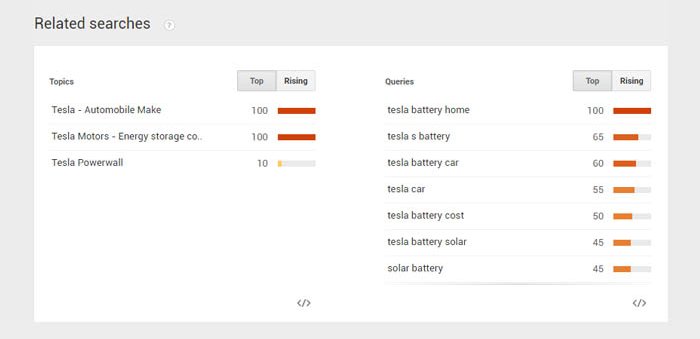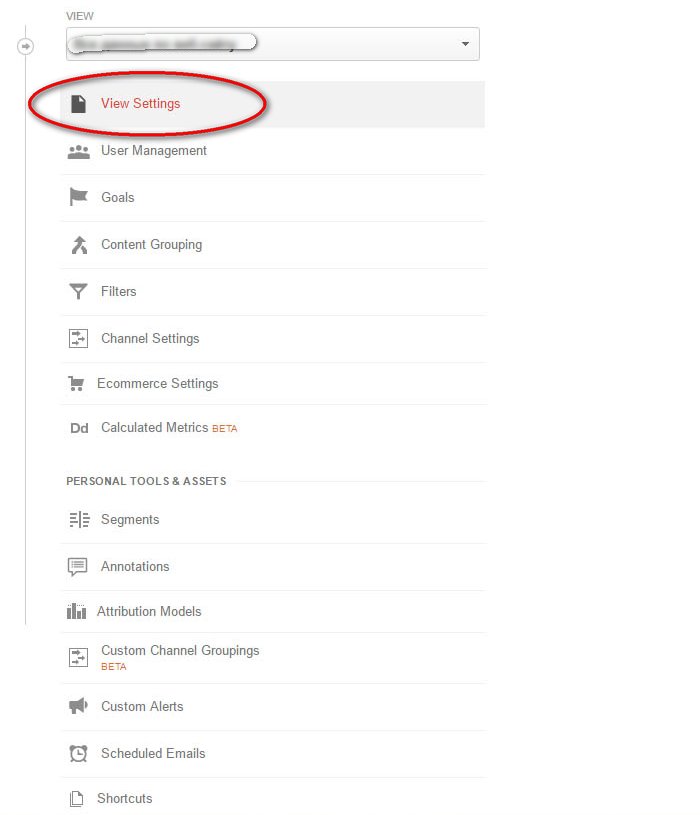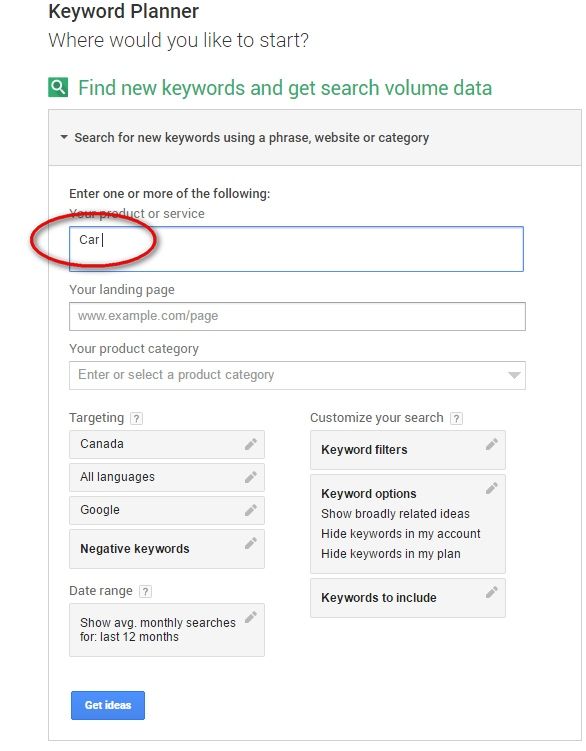
All of the things listed below are the most reliable and effective tools that can be easily applied to any niche.
#1: Google Trends
Google Trends is the true treasure for every marketing manager. This tool not only allows its users to analyze diversified data, but to receive valuable information with respect to many characteristics: actuality, trendiness, seasonality, and demographics.

At the very beginning, it is highly advised to start with one of the basic key-words. Scroll down the report until you come across “Related Searches”; there you may find the most searchable enquiries that are related to a chosen key-word. If something out of this report has something to do with your niche, don’t hesitate and add it to your account. Provided that you find nothing relevant, make sure to cancel irrelevant words in an exclusion-list; otherwise, your business will encounter some serious damage.

For instance, if you promote salt for baths, it would make sense to add something like follows: “salty baths” or “benefit from using salt in baths”. However, things that are related to chemistry (borate) or do incorporate an explosive constituent (saltern) have to be banned immediately. The same analogy applies to any other product.
Google trends and geographical variations of key-words
The mentioned tool is tremendously effective when it comes to studying the demographics of the region you are not deeply familiar with.
Suppose you sell planers and you are thinking about trying your product on new markets; for example, let’s take Australia. The service will shortly tell that the demand for this commodity is extremely weak in Australia.

In such case, try monitoring similar key-words: “how do I plain my hair”. Moreover, it may happen that the mentioned enquiry is very popular among Australians.
If you don’t make alike analysis, you are guaranteed to fail, sooner or later. Make sure you try new key-words and use information about them in the right way.
#2: Setting Up Of Site Search In Google Analytics
For owners, it is extremely important to know what people search for in the Internet. If one obtains this sort of information, there is a possibility to plan ads in a productive way; so that Internet users are redirected to the pages they wanted to.Apart from this, it will unveil the real picture of how users are working with the site’s structure; obviously, it may help develop new commercial offers.
At the same time very few advertisers are aware of this tool. Needless to say, they are missing out a great bunch of opportunities.
In order to get a desired info, you would have to do a bit of preparatory work; you will need to set up a searching panel. Also, it is recommended that you have the parameters of searching enquires that will appear in the URL-panel afterwards. If your web-resource doesn’t have any, you can easily add them using needed fragments in Google Analytics.
When everything is set and done, go to Google Analytics and find “View Settings”. Scroll down to choose “Site Search Settings”; there you will be able to activate the tracing code and set up the settings of enquiries.

Having gone through all of the work, you would be able to trace every searching process that happens within the scope of your niche. In order to check the results, go to “Behavior segment” that is located in “Reporting section” (Google Analytics).

Furthermore, you will be able to check the list of unique enquiries. Make sure to use the following indicators:
- ·Total unique searches (allows to track the volume and frequency of enquiries)
- ·Time after search (gives the exact time/duration/ that users spent on your web-resource)
- ·Average search depth (shows the number of visited pages)
All of the mentioned tools will tell whether the Internet users found what they were looking for. If you see that no progress has been made using the existing key-words, you will have to change them for new ones. One way or another, some changes are inevitable; otherwise, no development is to occur.
#3: Comparative Analysis
As experience shows, thanks to such tracing mechanisms, you will be able to get some priceless data about your competitors. Apparently, you will need specific mandates to get an access to their key-words. To deal with this problem, you will find effective to use the services of other developers. It goes without saying that you may choose any program you like, but we thoroughly recommend trying the absolute favorite - SEMRush.

This instrument offers a great variety of opportunities. However, for our original aim, it will be enough to find “Advertising Research” and go to “Positions section”. Type in the URLs of your competitors to get the list of key-words that they use for promotion. In addition to this, you may get even more interesting information: price for click, portion of generated traffic and volume of expenditures on advertising.
Get the data on all of your competitors and transfer it to Excel. There you may compare and analyze the peculiarities of your potential “enemies”. In due time, when you decide to create new ads based on particular key-words, you will find useful to get to SEMRush and check the effectiveness of chosen key-words. The only thing left is to analyze the data and make the right decision.
#4: Google Suggest
A vast majority of us are well aware of the Google's function to autofill. Having developed this option many years ago, Google significantly eased the life of lazy people: now, they don't need to type the whole enquiry into the searching panel.

In spite of the “first-glance” simplicity of the process, the whole algorithm of key-words is based on real enquires of real people. Consequently, Google sorts out the data with respect to region and user-language.
Needless to say, this feature wasn't created for advertisers; nevertheless, you may benefit a lot from using it in the right way. As we know, long key-words are less competitive than short ones. However, short key-words can still be an effective tool to attract some customers. Google Suggest, in particular, will help you to find the most searched long key-words in your niche.
While working on this method, make sure you are using “Incognito” regime; otherwise, your previous enquiries can distort the eventual result. Type in one of the short key-words and take a look at what system has to offer you. If any of the offers are relevant to your niche, add them to a separate group with advertising messages.
For instance, you may be selling cosmetics for hair called “Living Proof”. When you start typing the first letters, you will find out that “living proof ministries” have nothing to do with your niche; therefore, you will have to add this enquiry to an exclusion-list.
#5: Key-word Planner
This tool, apart from being free, is also a useful thing to try out. Generally, it is extremely easy in usage, but there may be a few features that you don’t know about.

The main service that this program renders is finding the most popular key-words with respect to demanded enquiries. In order to obtain this kind of information, you have to choose the category of products that you are interested in. Also, you may add the following parameters: location, language and network, to find the most precise data.
Based on these parameters, Google will give you the desirable key-words. If offered words are relevant, you will be able to add them to your collection.
Concatenation Of Key-words Using Key-word Planner
In addition to everting mentioned above, this service offers creation of new combinations of key-words. To do this, add some basic words to the first list and other (non-basic) to the second one. The system, using these lists, will generate a combined portion of the most effective key-words.
Obviously, you may do it yourself, but why not use a completely free program; it will undoubtedly perform this job at a much higher and effective level.



